NOTE: This post is long thanks to all the pictures, not the words. Don’t be afraid!
Last week I shared my imaginings of being in the Dakotas years ago. I made all my images in black and white, with a tinge of sepia and plenty of grain, to use imagery to help describe my feelings.
Today I’d like to share another aspect of the areas I visited, specifically within the Black Hills geography, which contain both mountains and prairies. Wildlife today, in two parts. All color, fwiw.
Part One
This is simply a joyous collection of things I captured during the handful of days I was there.
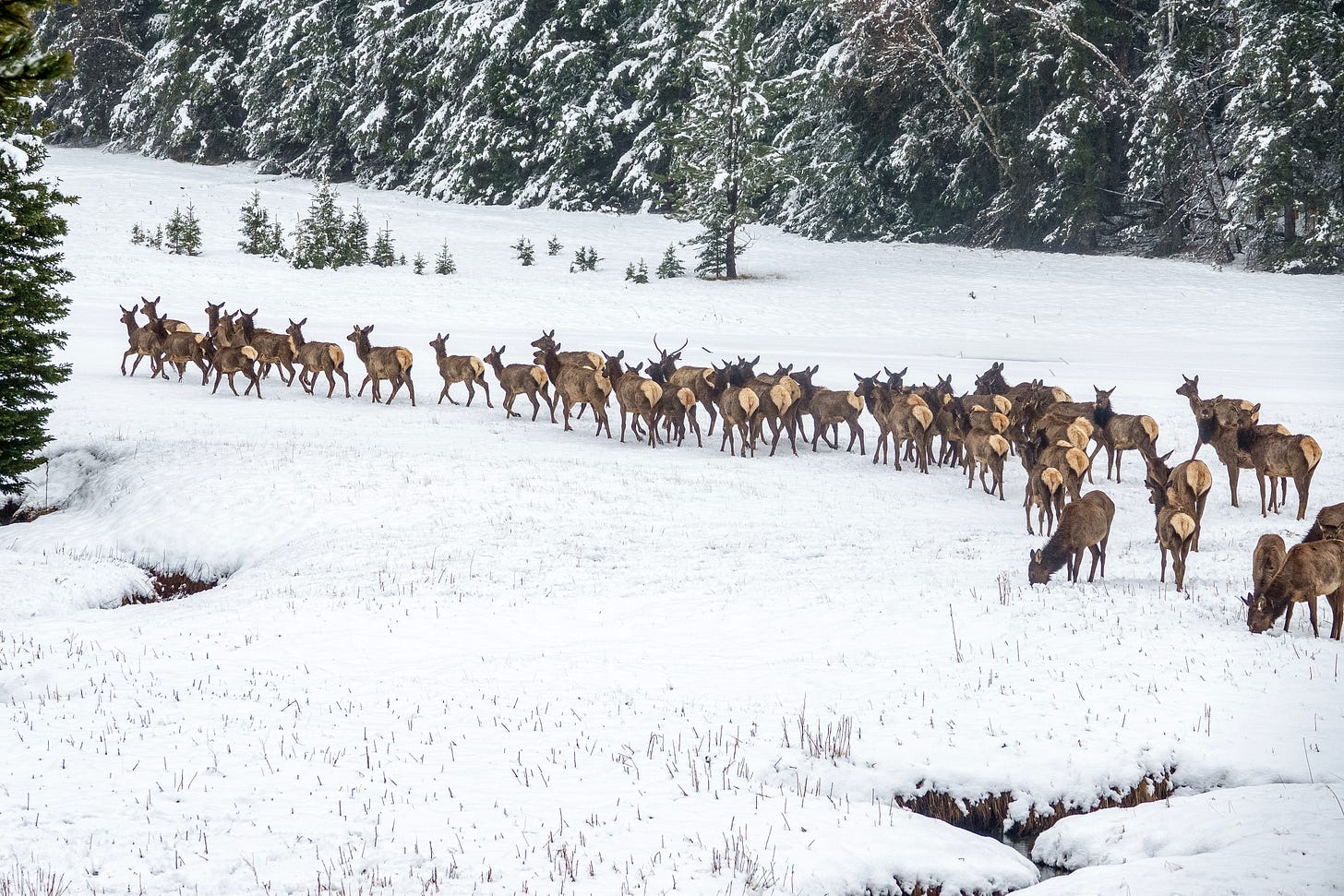
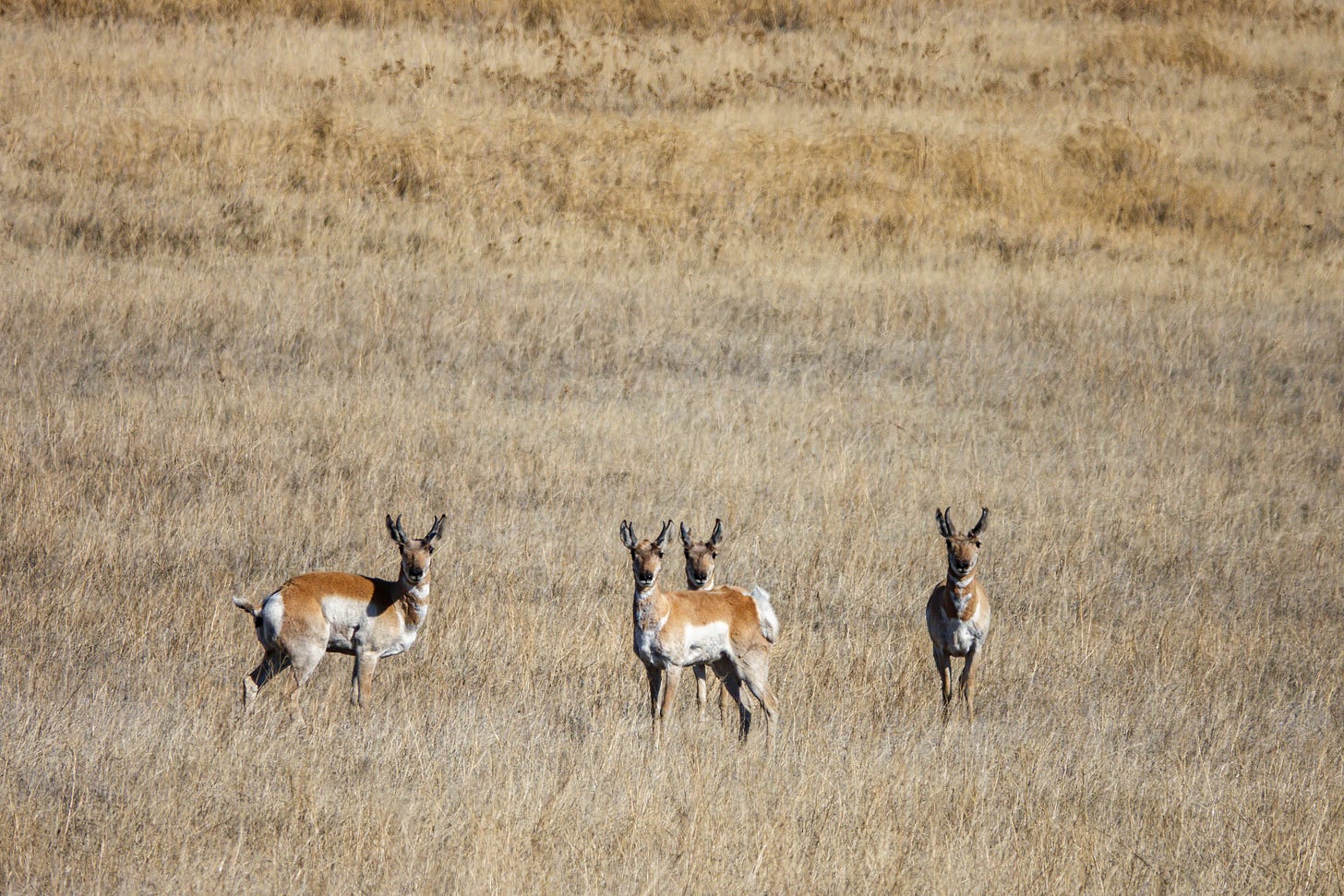
Speaking of bison…
Part Two
Pronghorn may be the only extant species of its family, and they’re fascinating because they are the second fastest species on the planet at sixty MPH (just one MPH behind the cheetah), but they take a back seat as a western emblem to the enormous and once-ubiquitous bison.
It’s spring, time for bison babies!
The American Bison (don’t call me a buffalo, Bill) once roamed North America in massive herds numbering in the tens of millions. Think of that. Tens of millions.
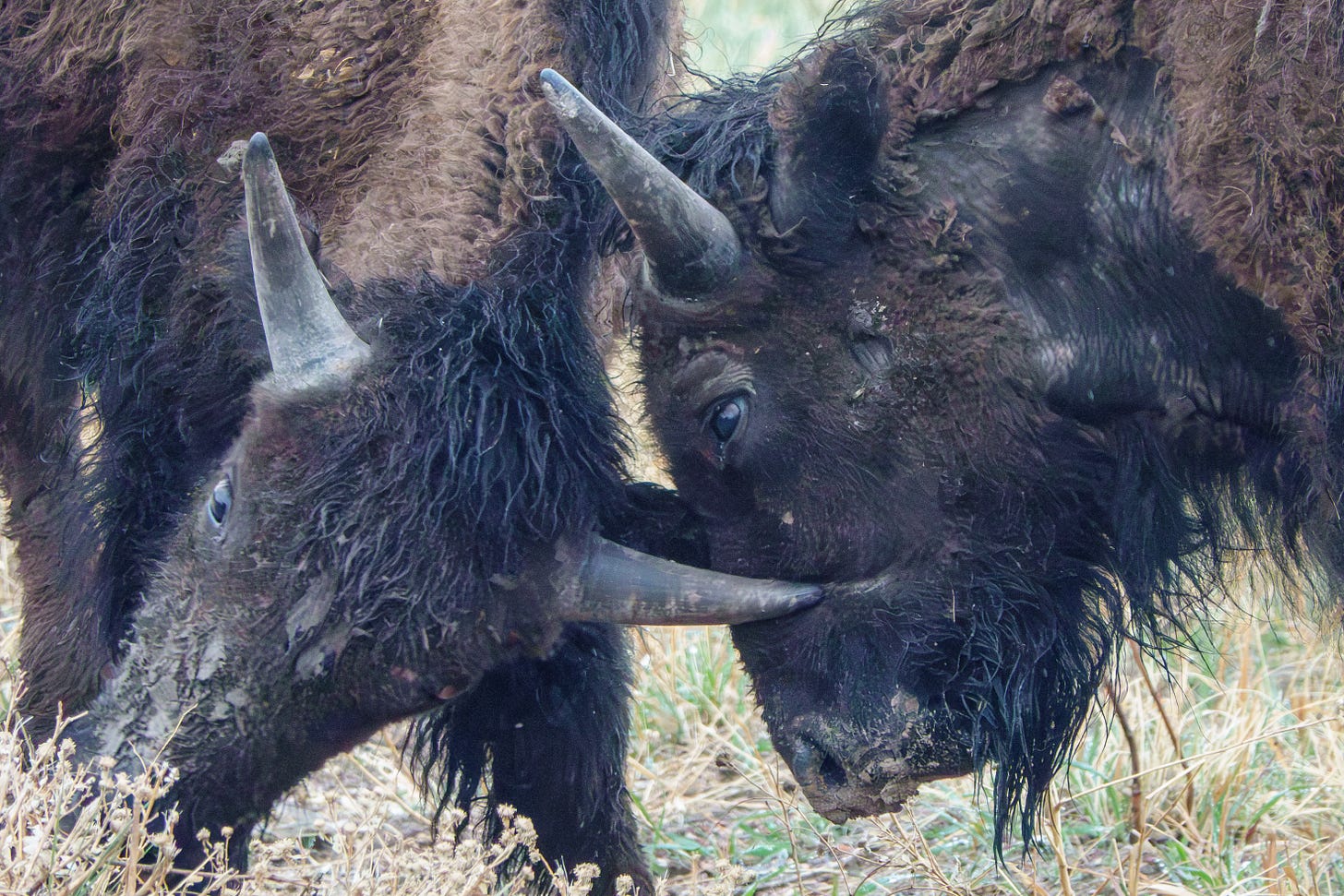
They were central to the cultures and survival of many Native American tribes, particularly here in the Great Plains. But during the 19th century widespread hunting, driven by both market demand and efforts to suppress Indigenous populations, brought bison to the brink of extinction. By the late 1800s, fewer than 1,000 individuals remained, scattered in remote areas and private holdings.
Conservation efforts began in the early 20th century and today roughly 500,000 bison live across North America. It’s one of the better success stories in American Conservation History.
In the Black Hills of South Dakota, particularly in Custer State Park where these images were taken, bison are thriving today. The park has a free-roaming herd of about 1,300 bison, one of the largest public herds.

That they’re thriving now is fantastic. Beyond the obvious reasons, we get to enjoy them directly and personally, and the little ones are so cute!
Aren’t zoomies great? I think every mammal on earth gets the zoomies when they are little. They’ll just be standing still or lying down, and then suddenly they burst into action, running in circles or jumping straight up in the air (not super high though, these are bison after all).
Things change when we grow up, but do they have to? Little ones learn from adults, but we can learn from the littles, too. There’s nothing quite like it - playing for no reason.
Until next time,
Is there something here you like or dislike? Questions? Have anything else to say? Let us all know by clicking on the Comments button below, and express yourself. Don’t be shy, now.
If you like this post you’re bound to like the next one as well. I’m sending them weekly. Quit any time, or better yet, stay and read on!
Know anybody who should hear about all this? Be a friend and let them know!
Or, are you interested in seeing more work? My website welcomes you. We may even want to work together. I promise a joyous and productive experience if we do.


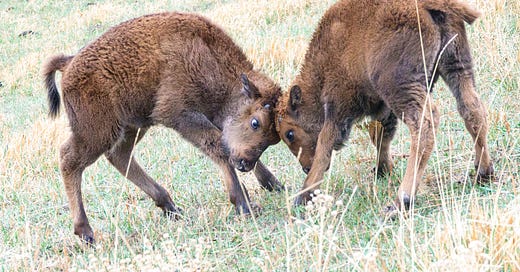

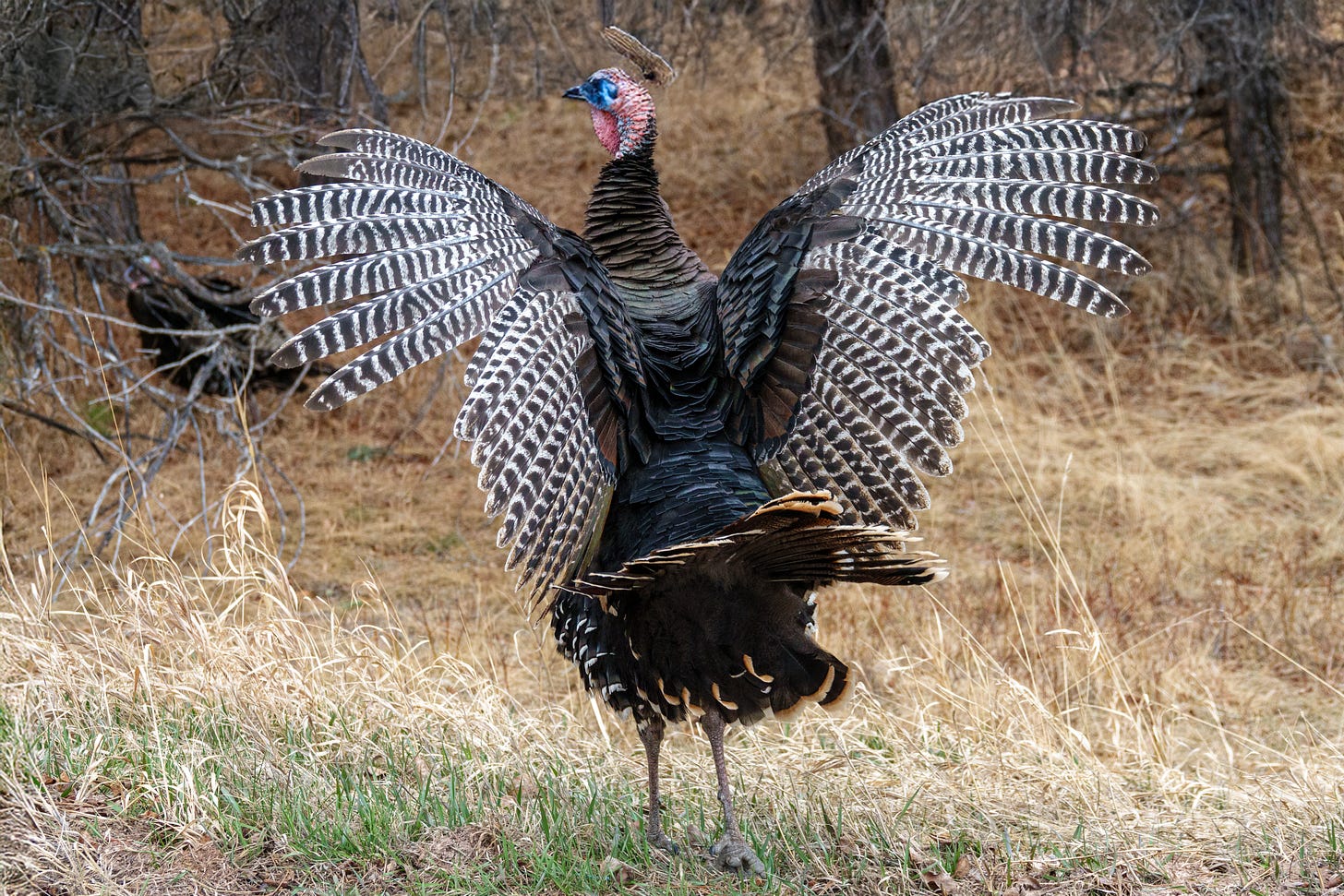
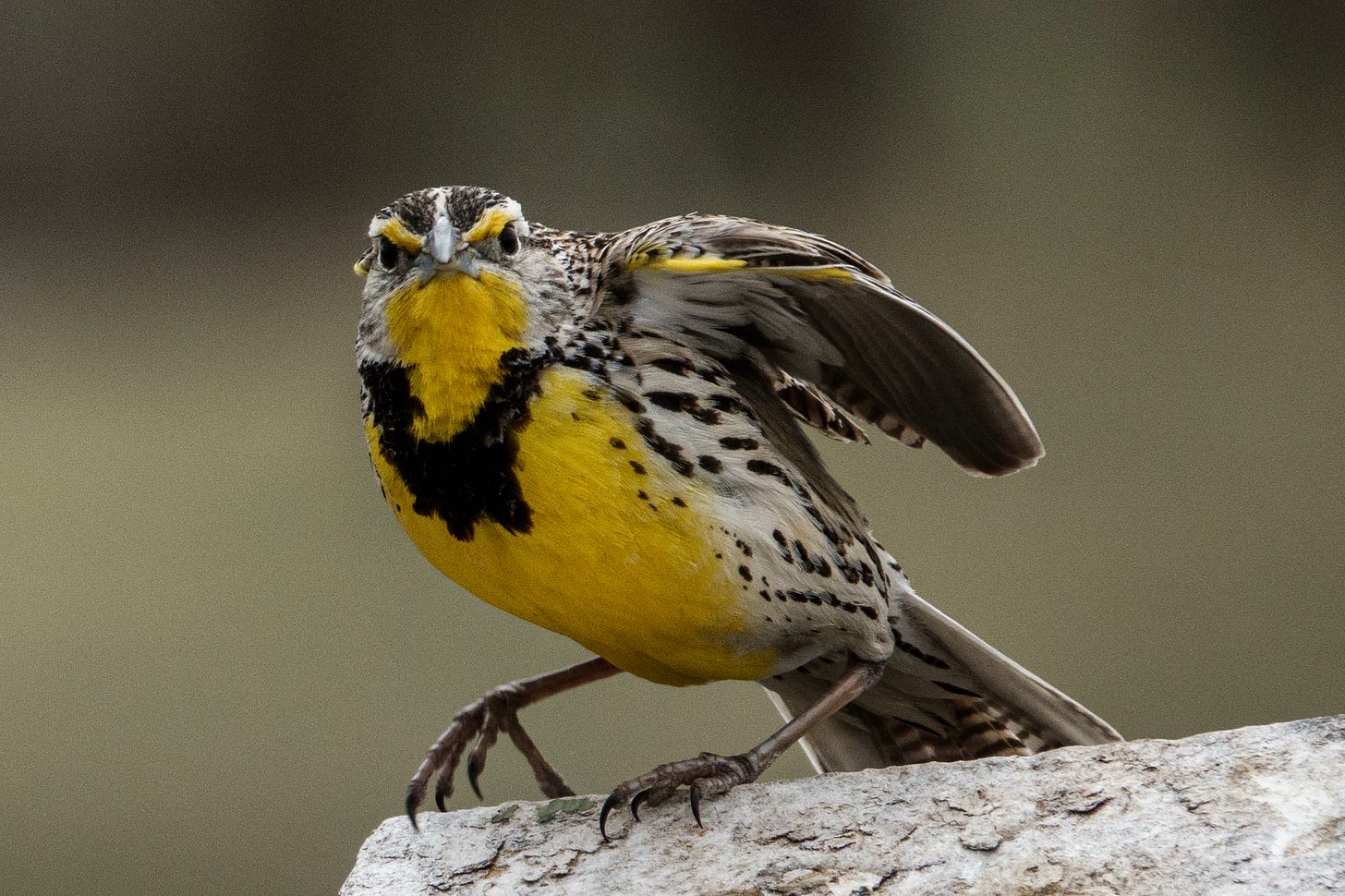
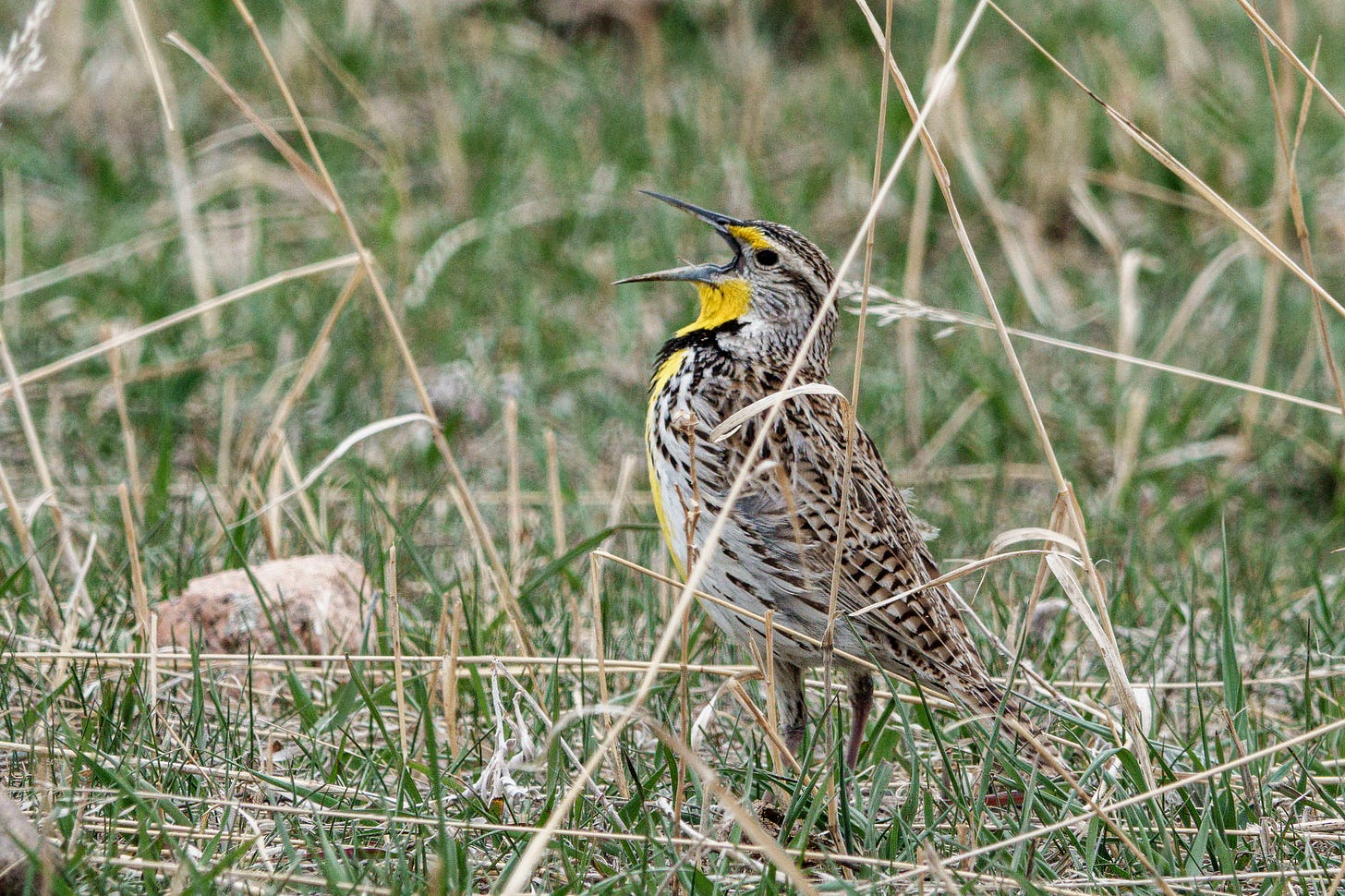
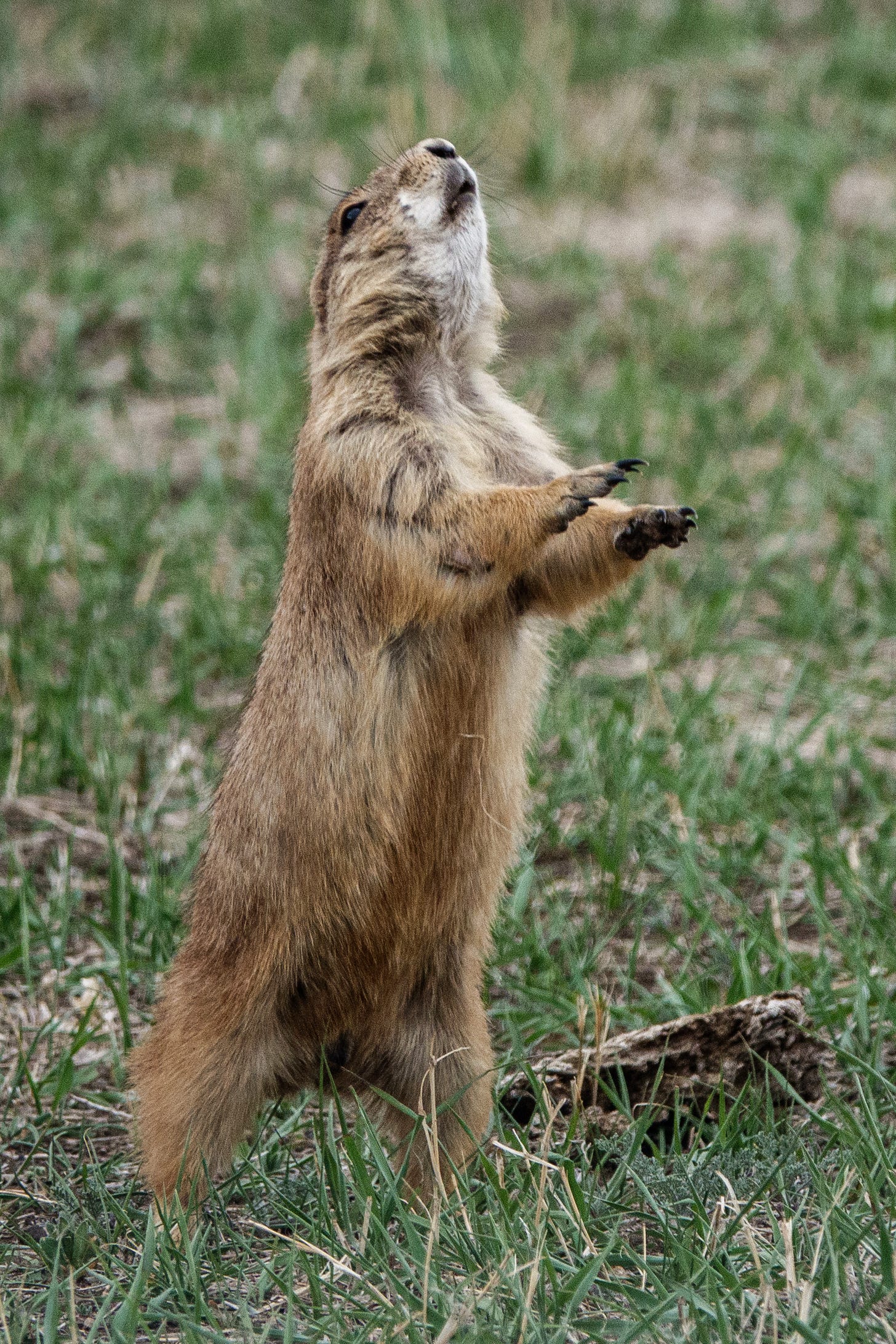

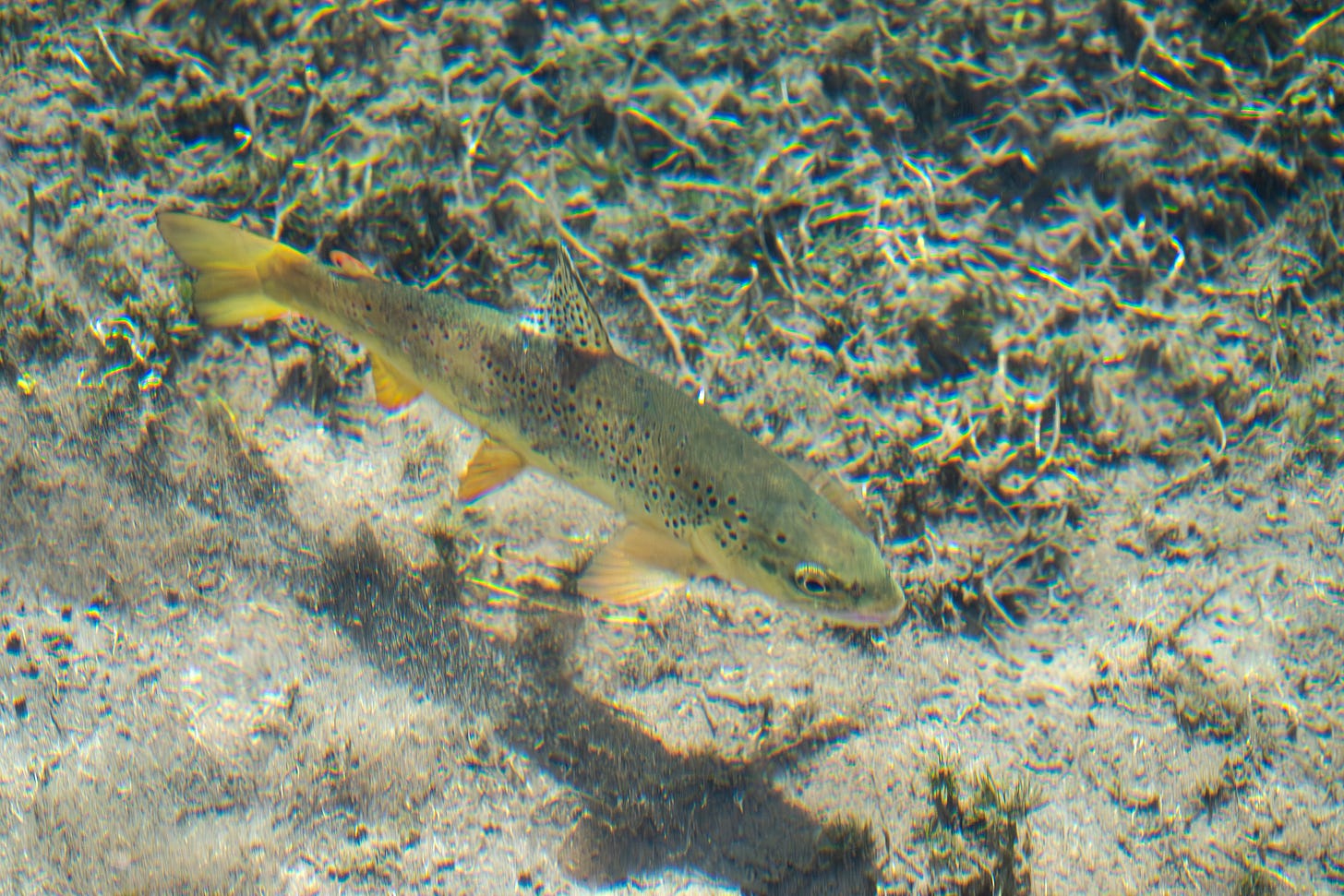
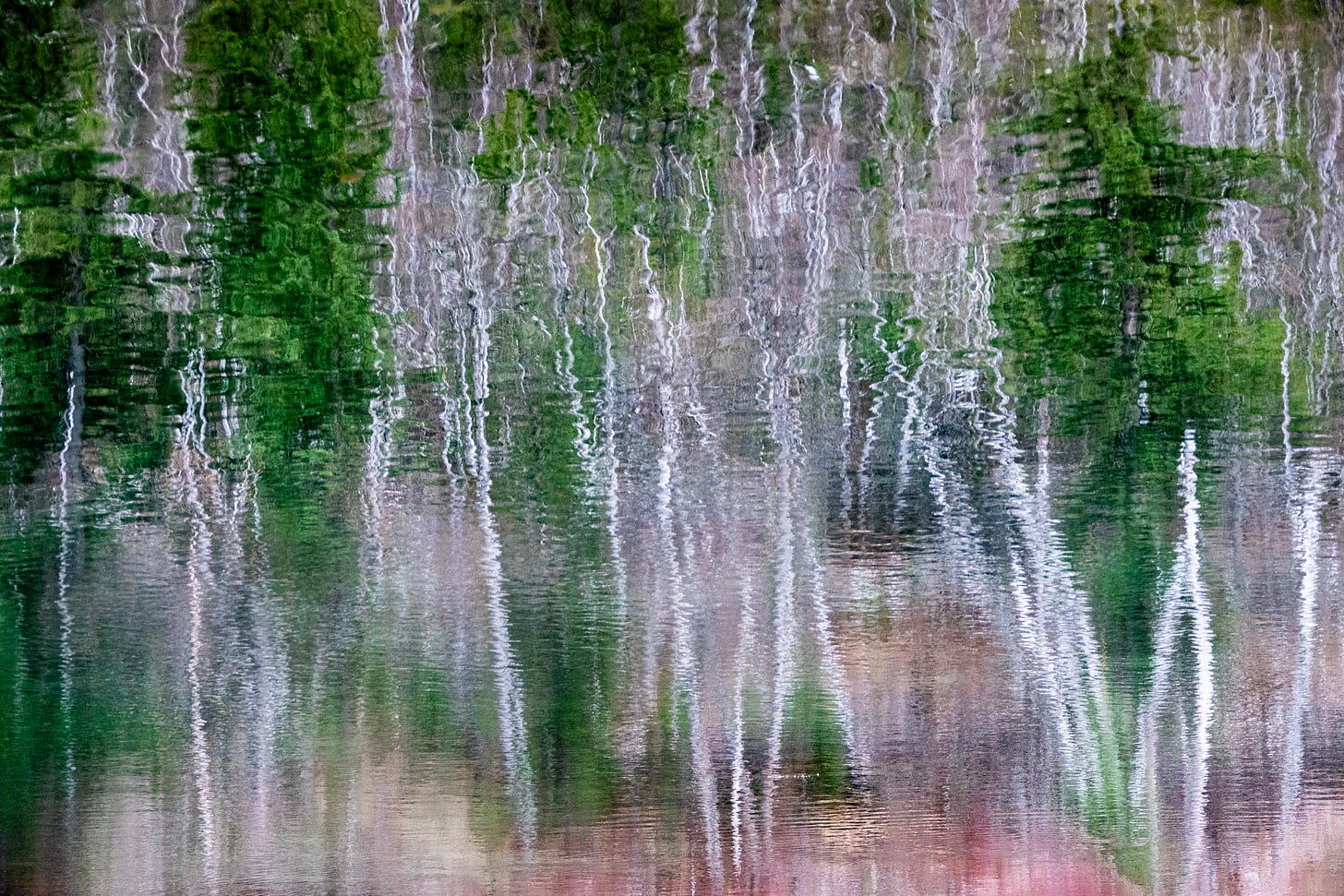
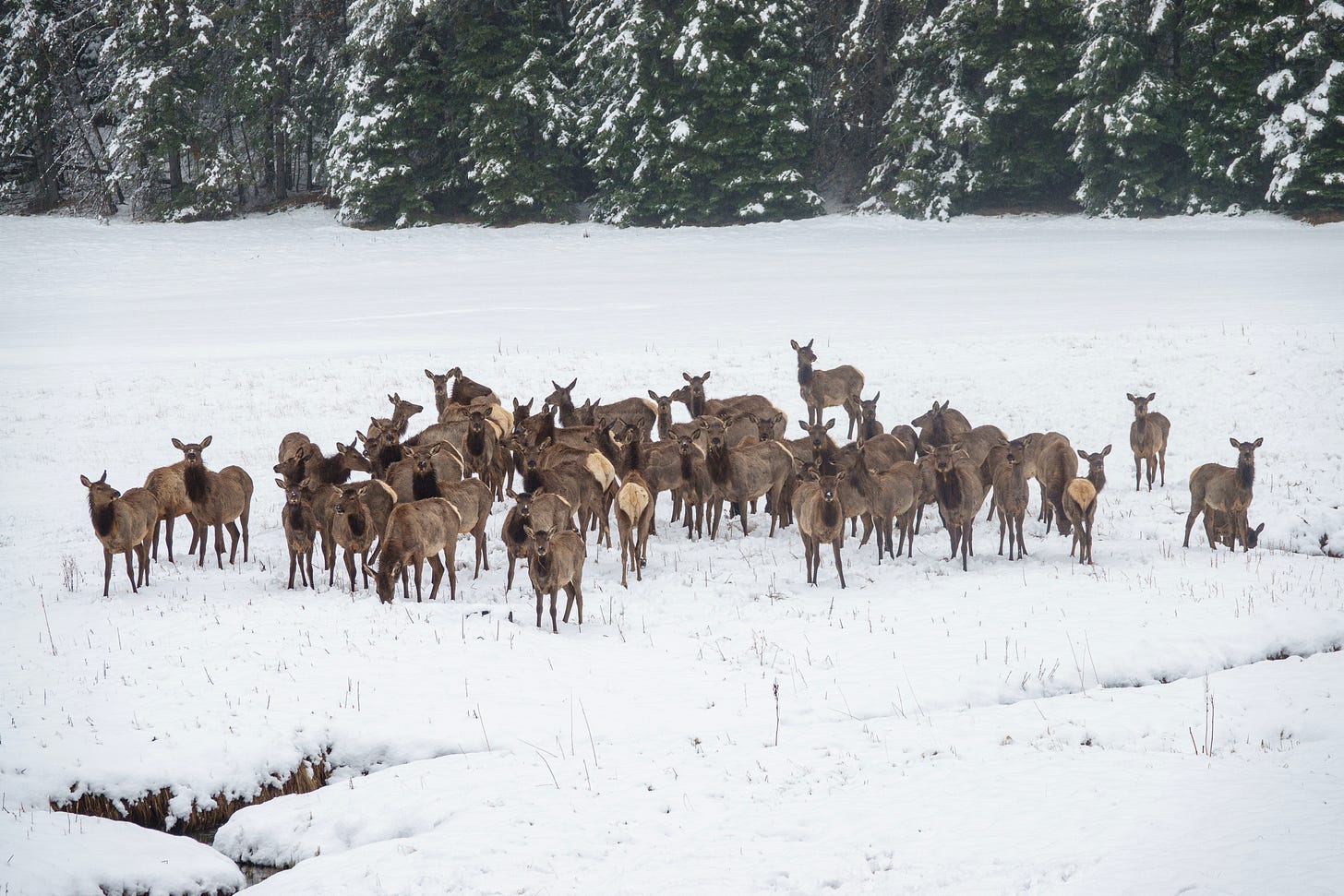
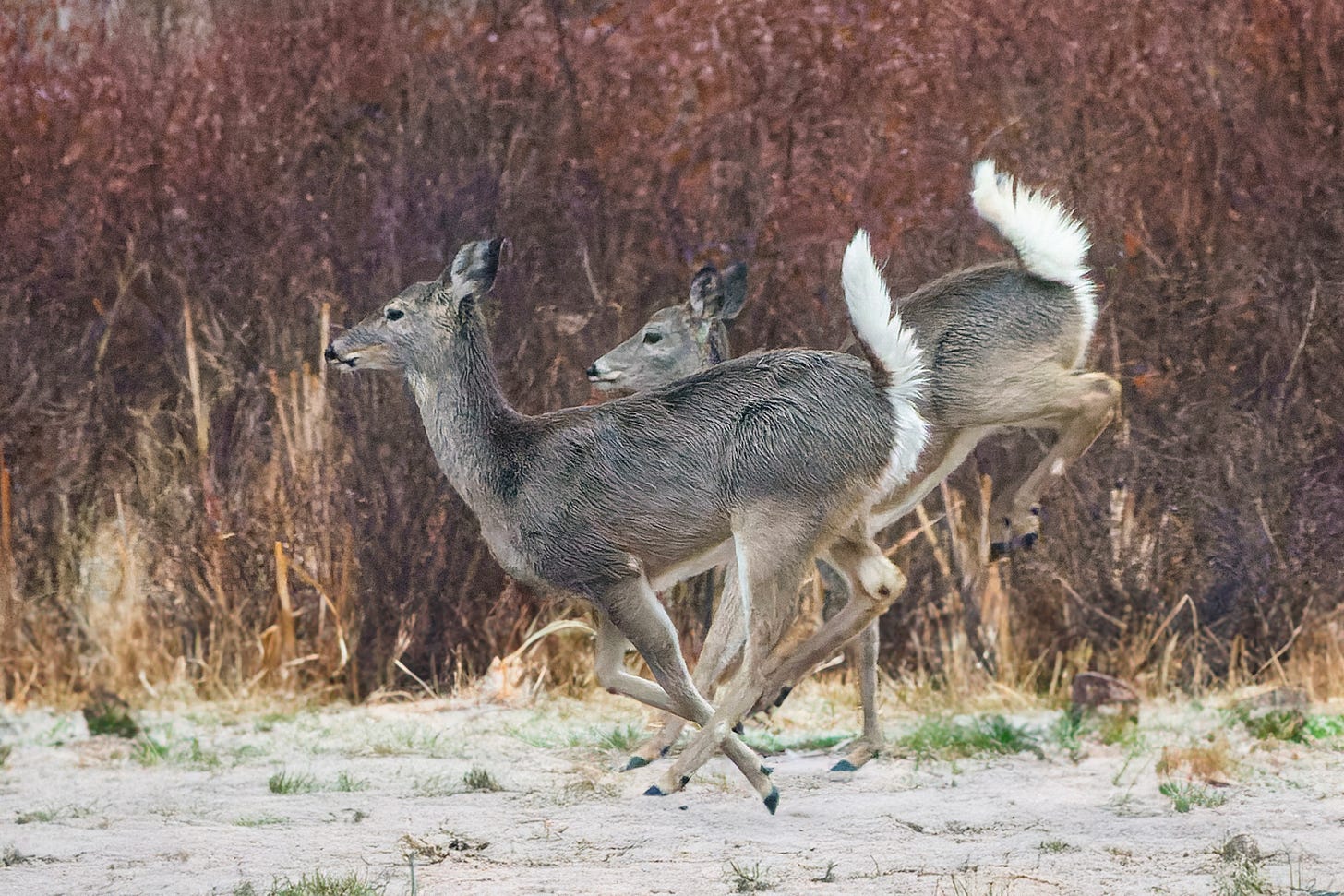
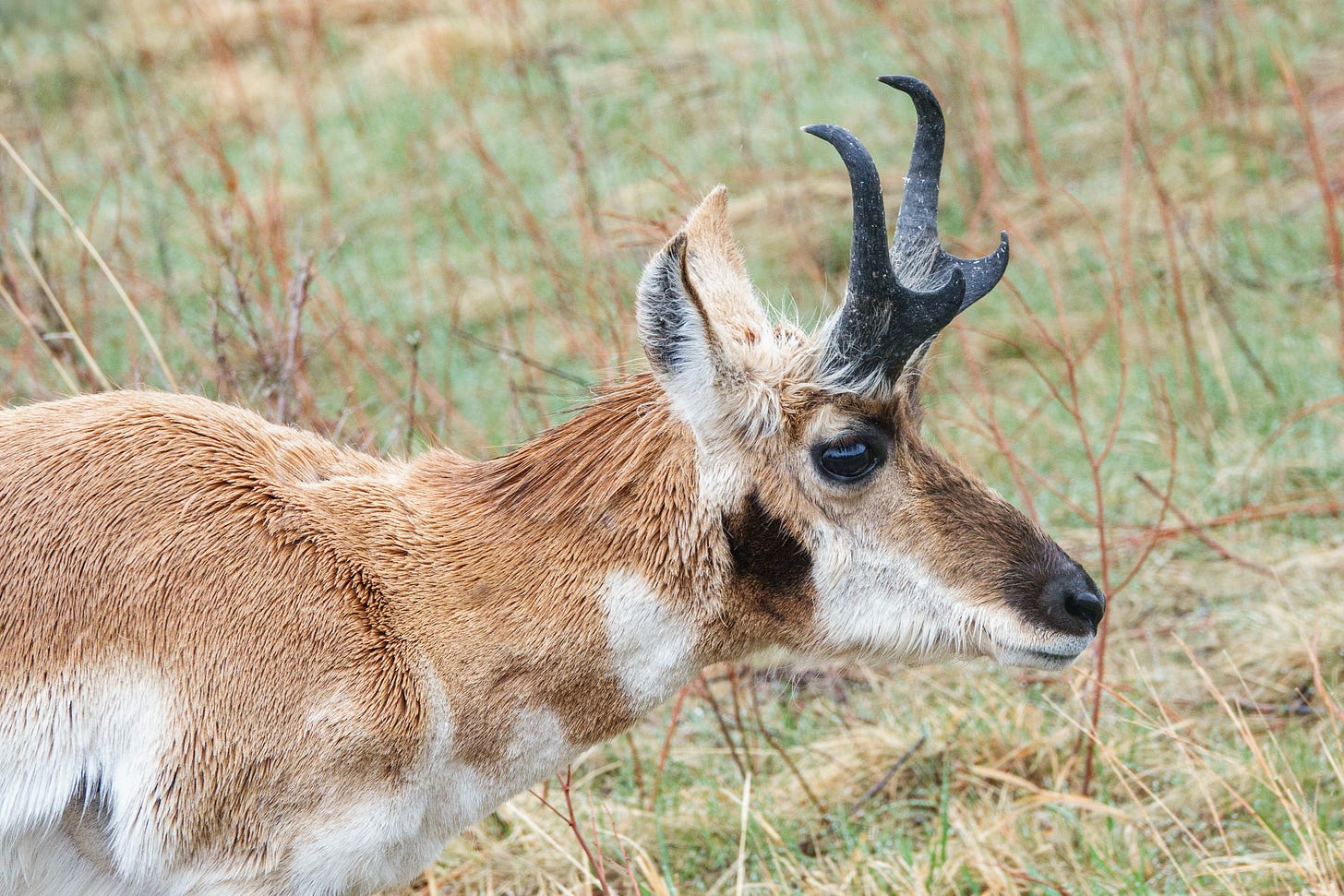

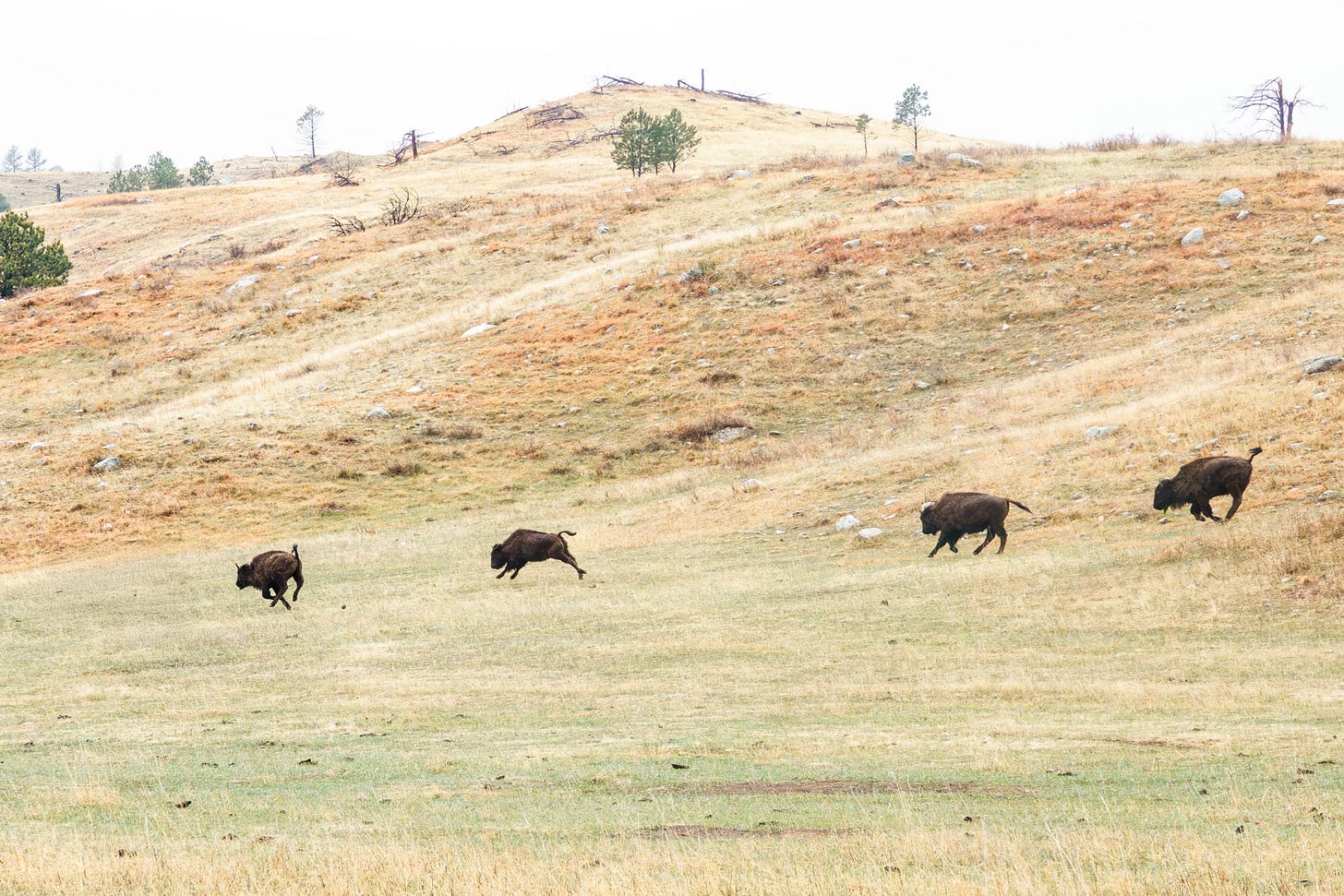
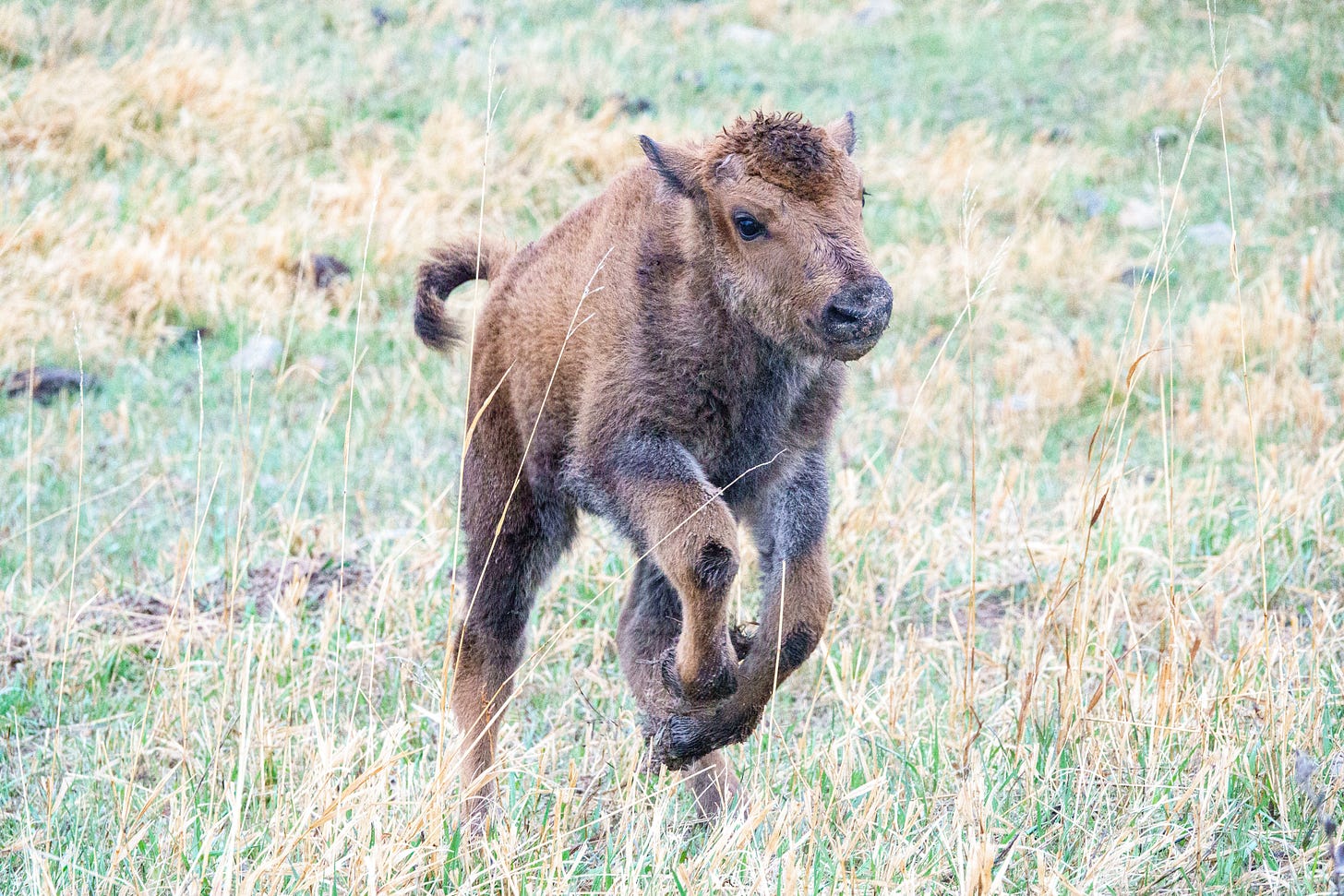
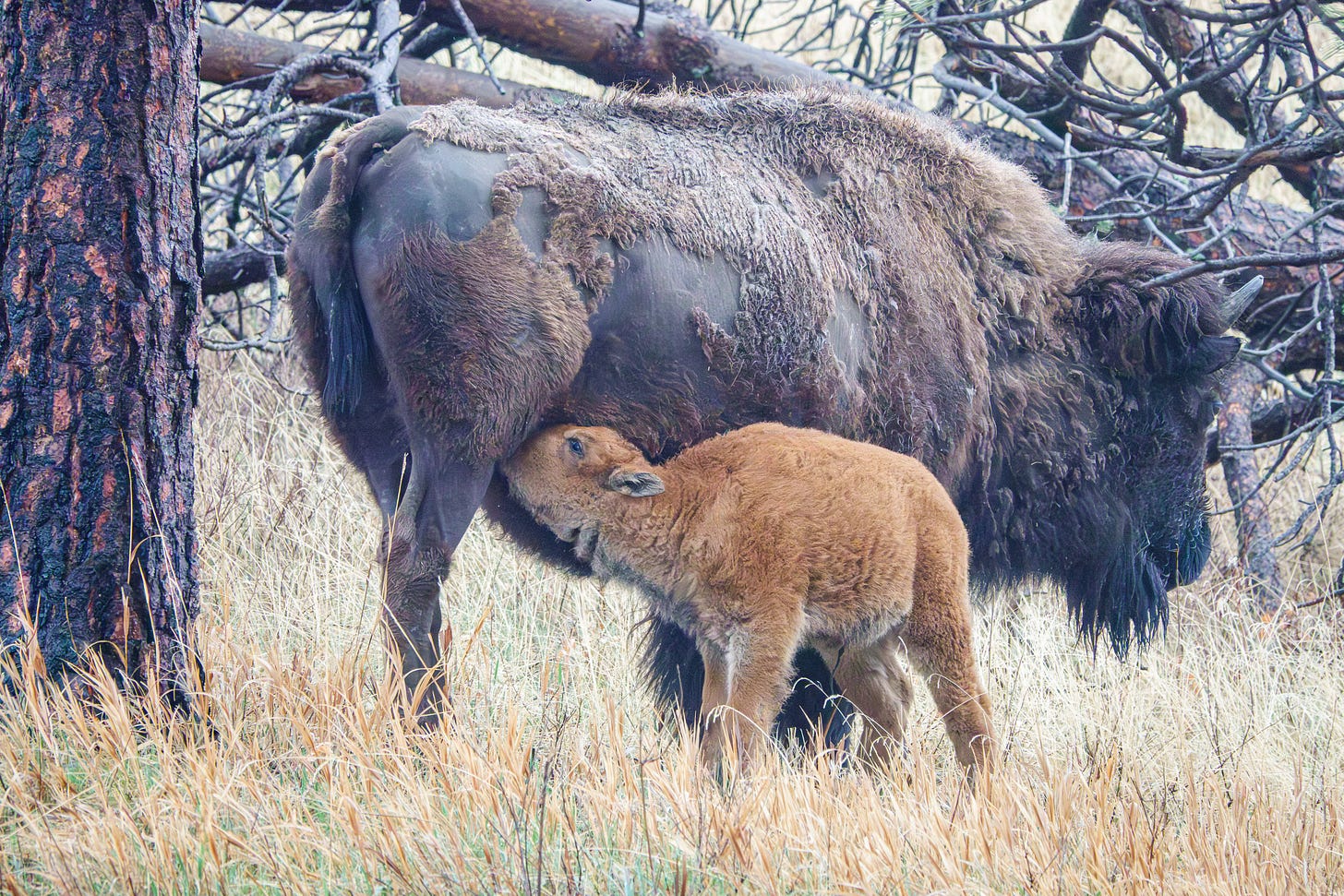

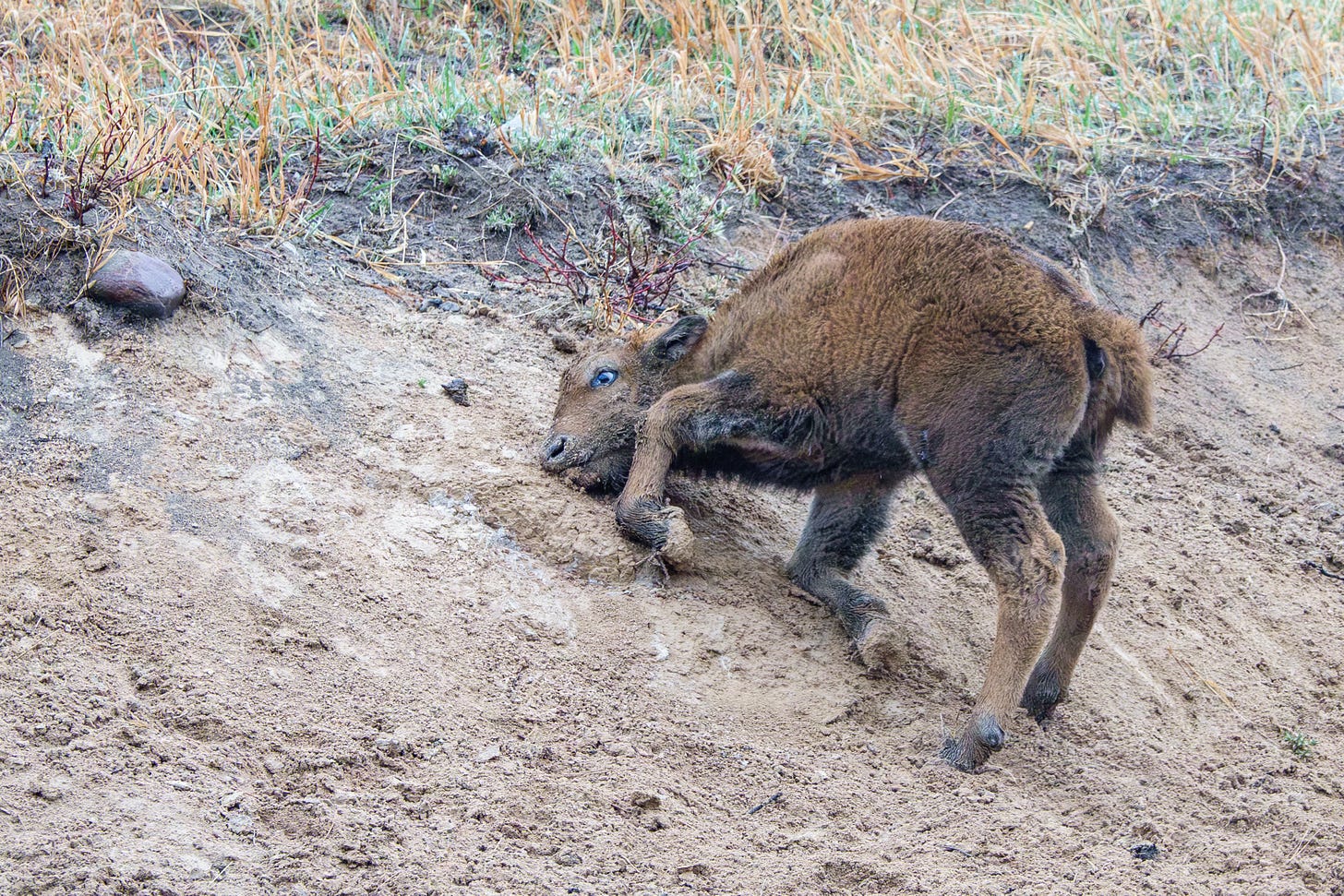

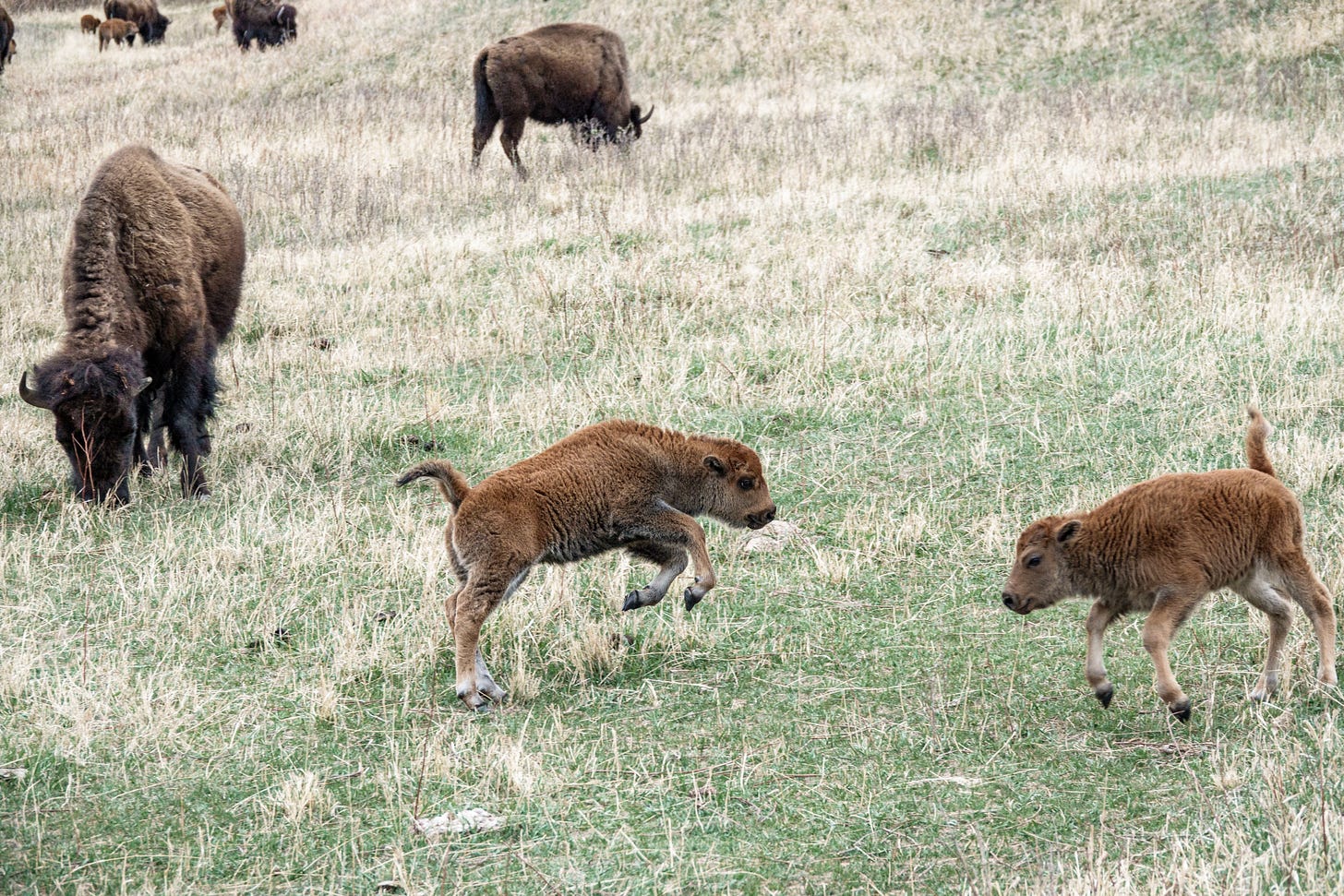

What a great adventure you shared here. I really enjoyed it all! Really nice set.
Great photos!